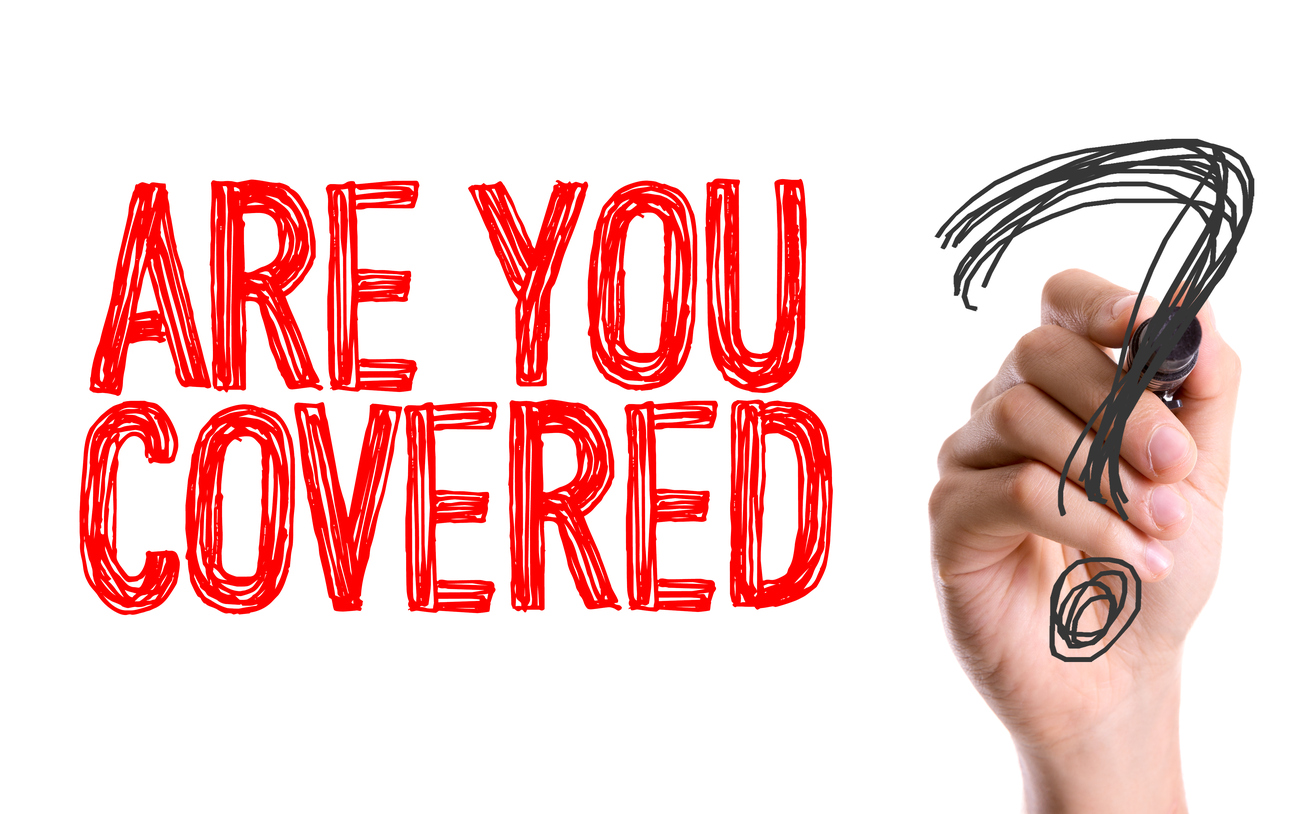The most frequent question I ask a potential client who has been injured in an auto accident is “what type of auto insurance did you have at the time of the accident and how much coverage did you have?” The common reply is “I had full coverage”. I then again ask “what type of auto insurance did you have and how much?” Most often, the answer is “I don’t know. My agent just told me that I have full coverage.” This example shows that insurance agents need to do a better job in educating their customers regarding what they are buying. Let me explain what “full coverage” means, as well as other types of coverage, in the complicated world of automobile insurance policies.
A full coverage auto policy provides coverage for liability, collision, comprehensive, uninsured/underinsured bodily injury, rental car, and medical payments coverage. A liability coverage auto policy only pays damages that may be owed to someone else for an accident that the insured may have caused. The minimum insurance coverage that is required in Indiana is $25,000 per person with a maximum of $50,000 per accident for bodily injuries and $10,000 for property damage to the other person’s vehicle. There is no deductible for liability coverage because damages are being paid to someone other than the insured.
Collision coverage has a deductible and pays for damage to the insured’s car or truck regardless of who was at fault for an accident. An example is an insured who is driving to work, slides off the road due to ice, and hits a tree. In this situation, their insurance company will pay to repair or replace their vehicle, minus whatever deductible they may have had. In contrast, comprehensive coverage pays for damage to an insured’s vehicle that is caused by something other than a collision, such as hail, theft, or vandalism. This coverage also has a deductible.
Uninsured Motorists Bodily Injury Coverage (UM) pays the insured for physical injuries that were caused by a motorist who caused an accident but who had no liability insurance. The minimum coverage required in Indiana is $25,000 per person/$50,000 per accident. Underinsured Motorists Bodily Injury Coverage (UIM) pays for damages that the other motorist may owe, but cannot pay because they didn’t have enough liability insurance to fully compensate the insured for their injuries. The minimum UIM coverage in Indiana is $50,000 per person/$50,000 per accident. UM and UIM policies are required in every policy unless the insured specifically declines this coverage in writing.
One has to be careful with Underinsured Motorist Coverage (UIM) because whatever coverage a person has is reduced by the liability policy that the person had who caused the accident. So if for example an insured has a $100,000 UIM policy, and the person who caused the accident had a $50,000 liability policy, then the insured only has $50,000 in UIM coverage remaining to compensate them for their injuries. Conversely, if the person who caused the accident had a $100,000 policy, then the insured would receive no benefit from their own UIM policy. This is a great deal for the insured’s insurance company who receives a premium for this coverage but doesn’t have to pay anything, not so much for the injured person who paid the premium but receives no benefit from their own insurer.
Rental car coverage pays for the rental of a replacement vehicle of the insured’s own vehicle while it is being repaired or replaced regardless of how the accident occurred, and medical payments coverage pays for accident related medical bills that the insured incurs. How much coverage is provided is described in the declaration page of the policy.
In my experience, many insurance agents do a poor job in advising their customers regarding how much coverage they need. There is often a small difference for the price of a policy that provides $100,000 in Uninsured/Underinsured Bodily Injury Coverage and one that provides $250,000 in coverage, but this topic seems to be rarely discussed. The amount of Uninsured/Underinsured Coverage is particularly important when the insured has been hurt by someone who may have had no insurance or only a minimum limits policy.
Similarly, medical payments coverage insurance that pays for accident related medical expenses that the insured may have incurred is very inexpensive. As an example, I own a Harley-Davidson motorcycle with a $5,000 medical payments coverage policy, and I pay a premium of $25 per year for this coverage. Yet, in my practice I see many motorcycle policies that don’t have this coverage. Since many health insurance plans now have a high deductible, medical payment coverage insurance is an ideal way to cover this deductible in the event of an accident.
Don’t wait for an accident to occur to before reviewing the declaration page of your policy. For questions regarding the type and how much insurance you should have, feel free to contact Ludlow Law to discuss this topic. At the very least, I will provide you with some questions to ask your insurance agent so that you get the type and amount of coverage that is appropriate.
If you’ve been injured in a serious accident, hiring an attorney who knows what questions to ask of your insurance company can make all the difference regarding what financial recovery you will receive. Please call the offices of Indiana Car Accident Attorney James Ludlow at 1-877-897-9466, or submit the simple form on the Contact Us page on www.ludlowlaw.com for a free case evaluation and put my experience and knowledge to work for you.



